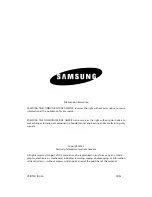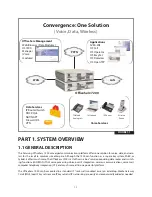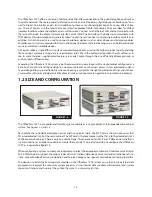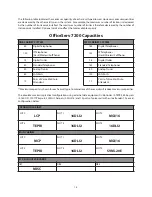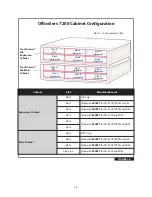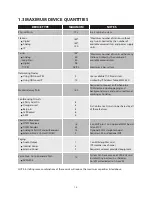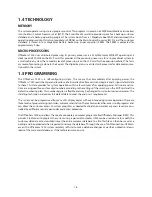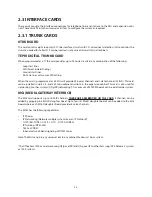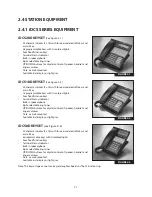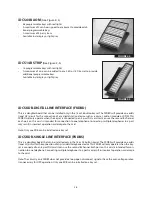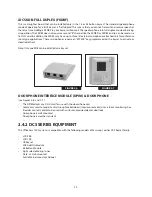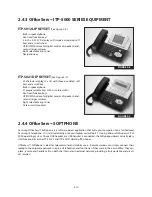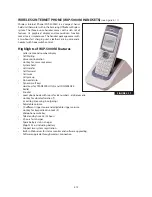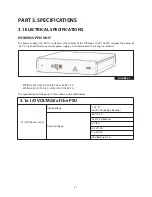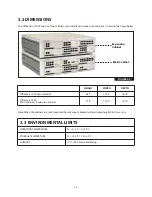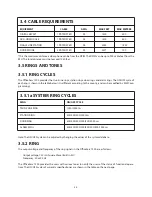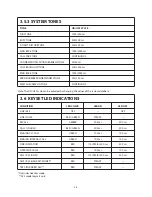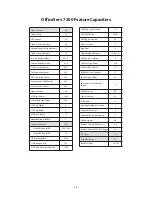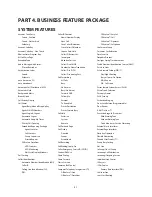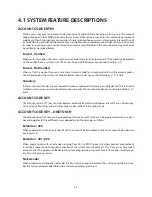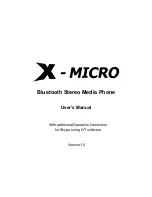
2.3.4 DATA CARDS
WIM (WAN INTERFACE MODULE)
The WIM is a data router module that transmits/receives data to and from the external internet. It provides 3 WAN
(Wide Area Network) interfaces for connecting to external networks plus a DMZ port (De-militarized Zone).
One WIM module can be installed per system. The WIM must be installed in slot 1 of either cabinet.
•
Routing Functions: Static Routing, Dynamic Routing (RIP, OSPF), Inter-VLAN routing, Multicast IGMP
•
Network Functions: NAT/NAPT, Firewall, IDS, VPN, QoS
LIM (LAN INTERFACE MODULE)
The LIM is a data switch offering 16 10/100 Base-T, auto sensing, full-duplex LAN ports.The LIM can connect to the
WIM via system backplane. The LIM is the ideal device for providing a private Local Area Network for connecting
PCs, servers, IP phones (local), MCPs, MGI or any IP device.
The LIM can be managed or unmanaged. For the LIM to be managed (by the WIM) it must be installed in slot 2
with a WIM in slot 1. A managed WIM offers features like VLAN (802.1Q), IGMP Snooping and Layer 2 QoS.
The LIM can be installed in slots 2 through 5 of either cabinet (maximum 8 per system), however there can only
be one “managed” LIM per system.
4DSL CARD
The 4DSL card uses VDSL technology to extend the range of ethernet data transmission distances. This card pro-
vides 4 ports that can connect to a standard telephone twisted pair wire (tip and ring) on each port.The LAN port
connects to the Local Area Data Network.
The phone wire pair can be extended to 1 Km. Data from the LAN is transmitted over t he standard telephone
twisted pair wire which terminates into a Samsung VDSL modem (ordered separately).
•
Transmission distance: 1 Km
•
0~300 m: Downstream 30 Mbps, Upstream 10 Mbps
•
300m~1 Km: Downstream 20 Mbps, Upstream 3 Mbps
This card can be installed in slots 1 through 5 of either cabinet (maximum 10 per system).
2.6

